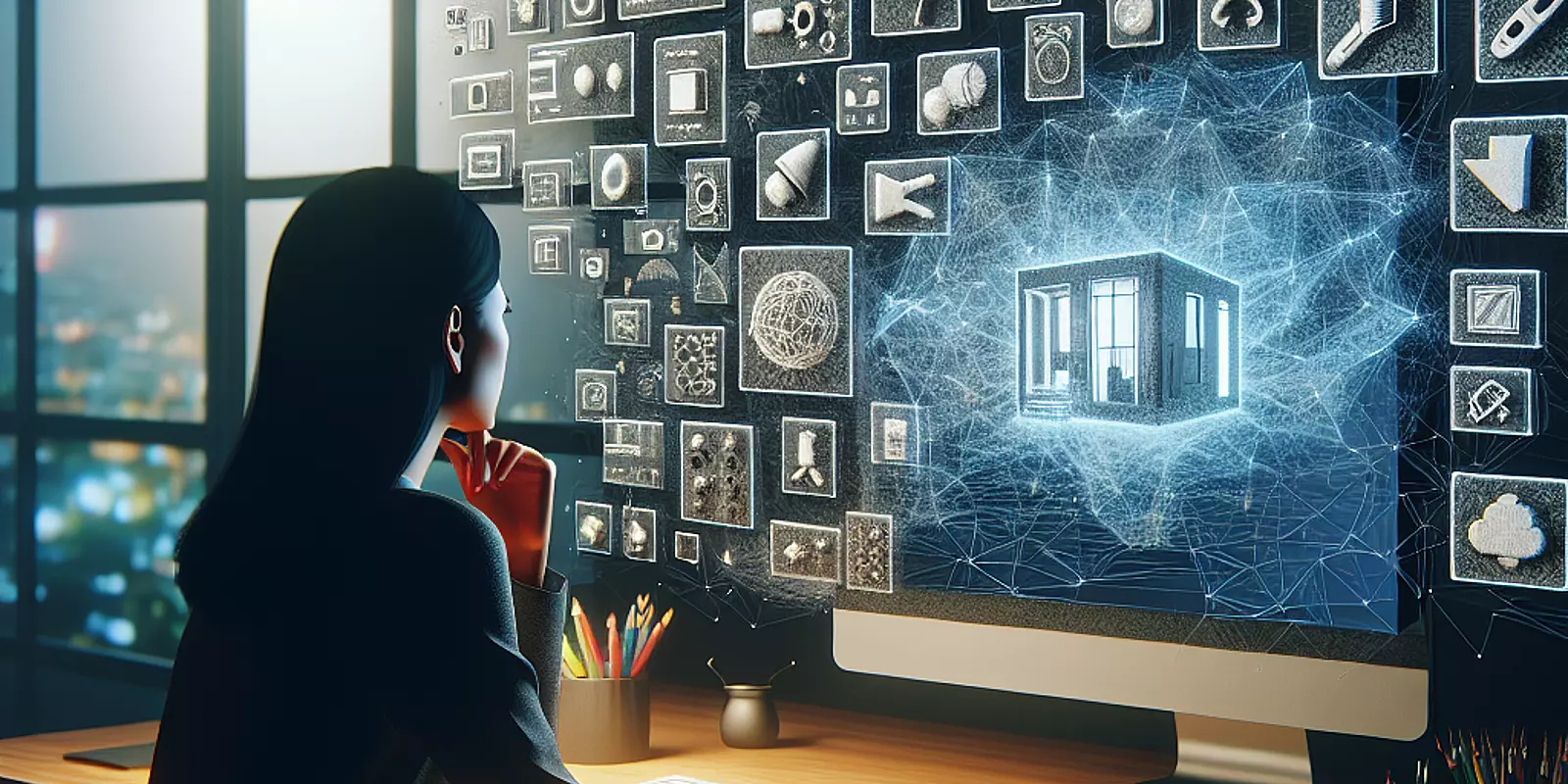
Selecting the ideal rendering software for architectural visualization is crucial for architects and designers aiming to transform their creative concepts into vibrant, photorealistic representations. In a field where digital tools are essential for bridging the gap between idea and execution, choosing the right software can significantly enhance project quality and workflow efficiency. With a plethora of rendering software options available, making an educated choice is vital. This article will guide you through the landscape of rendering software, focusing on key factors like performance, cost-effectiveness, and user-friendliness. We'll explore established options such as V-Ray and Corona Renderer, as well as innovative newcomers like D5 Render, to help you make informed decisions aligned with your project requirements.
When diving into rendering software for architects, it's important to evaluate several crucial aspects. First and foremost, performance and rendering capability must be assessed. Software should efficiently manage high polygon counts and complex scenes, ensuring crisp visual outputs. The rendering quality, including accurate depiction of materials and lighting, plays a critical role in securing client approvals and impressing stakeholders.
Cost-effectiveness is equally essential, especially for smaller firms or freelancers. Understanding whether the software offers perpetual licenses or subscription models can impact long-term budget considerations. Additionally, user-friendliness is key; intuitive interfaces that integrate smoothly with existing workflows can greatly enhance productivity. A strong user community and available resources further empower users by providing support and solutions to common challenges. To succeed in architectural visualization, these factors must align seamlessly for the optimal choice of rendering software.
Two giants in architectural visualization are V-Ray and Corona Renderer, each catering to distinct needs within the industry. Familiarizing yourself with these tools' unique strengths can guide your decision-making process.
Corona Renderer is lauded for its accessibility and ease of use, making it a popular option for those new to rendering software. Its physically-based rendering (PBR) engine enables stunning results with minimal setup, allowing architects to produce high-quality visuals rapidly. This tool is particularly advantageous for teams aiming to iterate designs and communicate them to clients effectively. Real-time rendering capabilities enable immediate adjustments, further boosting productivity.
On the other hand, V-Ray is recognized for its extensive features and flexibility, catering to more experienced users who desire advanced customization. Its robust set of materials, lighting, and geometry tools empowers users to achieve unparalleled realism in visualizations. V-Ray’s seamless integration with 3D modeling software like SketchUp and Revit makes it a versatile choice for complex projects.
Ultimately, choosing between Corona's simplicity and V-Ray's flexibility depends on project needs, team expertise, and the level of realism desired. High-detail presentations might benefit from V-Ray's capabilities, while swift iterations are suited to Corona's intuitive design.
For those leveraging modern tools like D5 Render, efficient file management becomes a cornerstone of productivity. D5 Render distinguishes itself with an intuitive interface and advanced file management techniques, streamlining project organization.
D5 Render’s real-time collaboration feature is a notable asset, allowing multiple users to work on the same project without version conflicts. This capability fosters seamless teamwork and minimizes downtime. By utilizing cloud-based storage, teams enjoy flexibility and continuous access to files, enhancing continuity across devices.
Moreover, D5 Render's integrated asset library provides an efficient system for managing materials and textures, saving design time and ensuring consistency. Batch processing capabilities further streamline workflows, allowing professionals to focus more on creativity.
Choosing the right rendering software involves evaluating tools based on performance, cost-effectiveness, and user-friendliness. As architecture projects grow more demanding, selecting software like V-Ray or Corona depends on specific project needs and team skillsets. Staying updated with advancements in rendering tools ensures that architects can effectively refine their projects and enhance their visual storytelling. With careful analysis, the right choice of rendering software can empower architects to create stunning, lifelike images and optimize project workflows effectively.